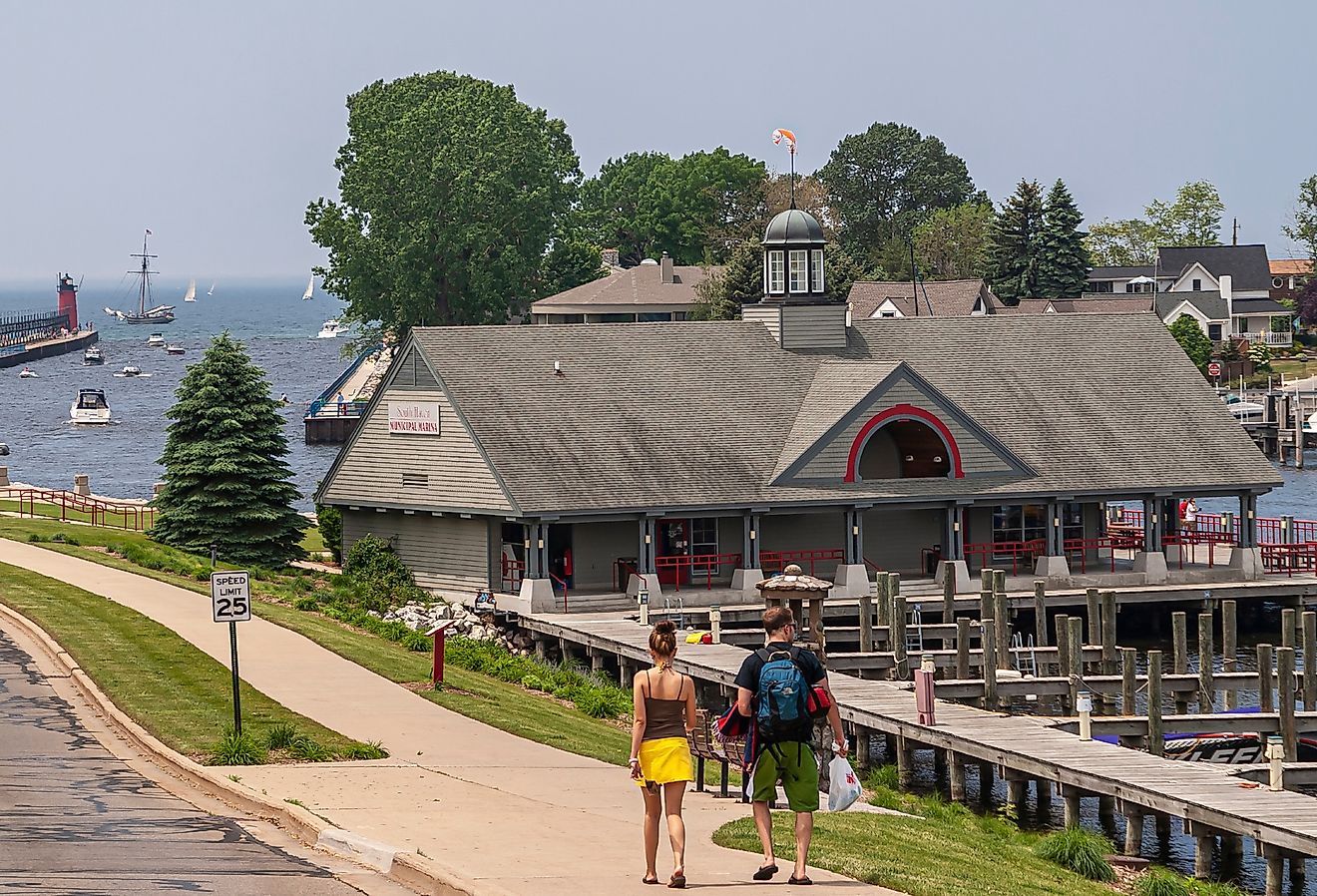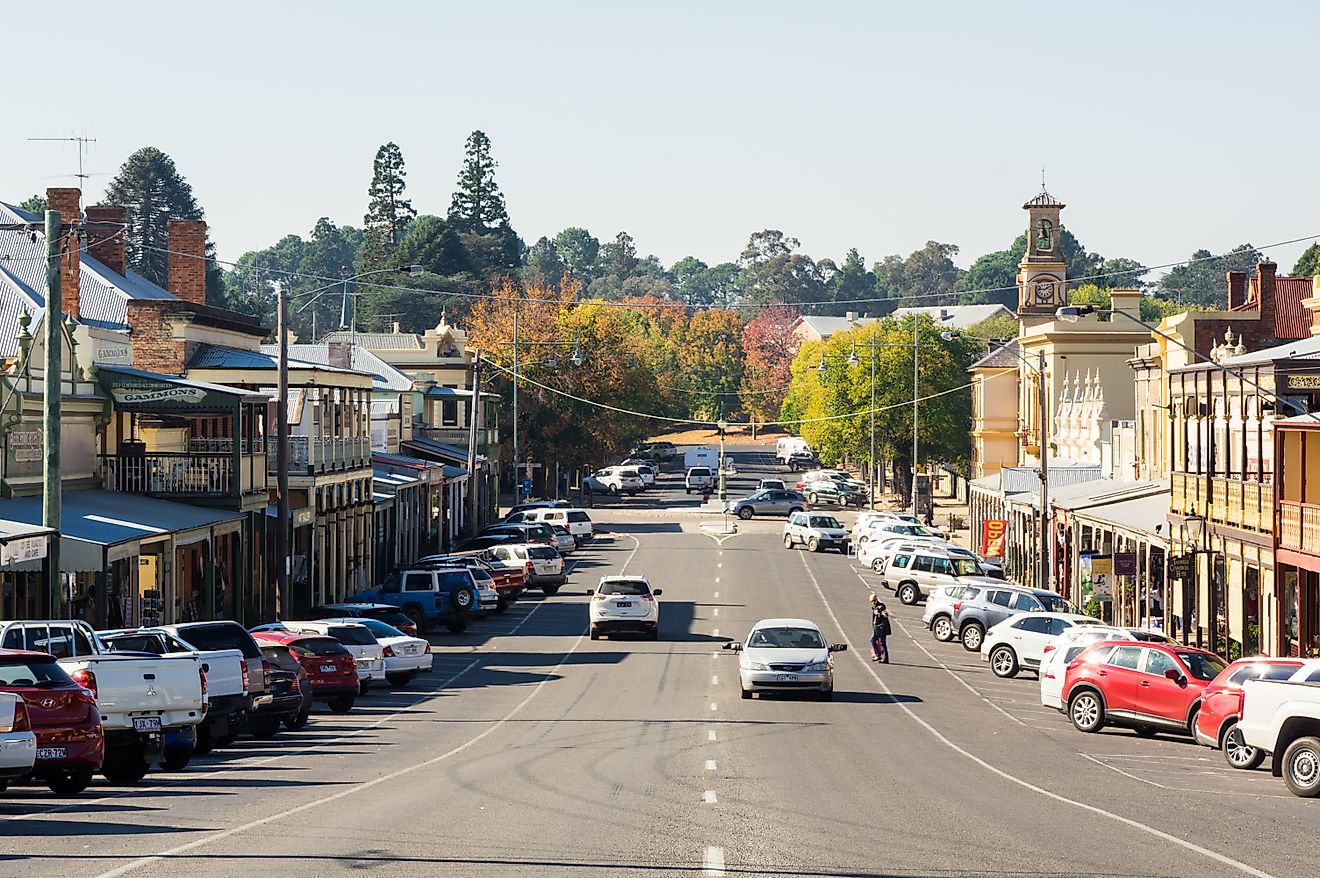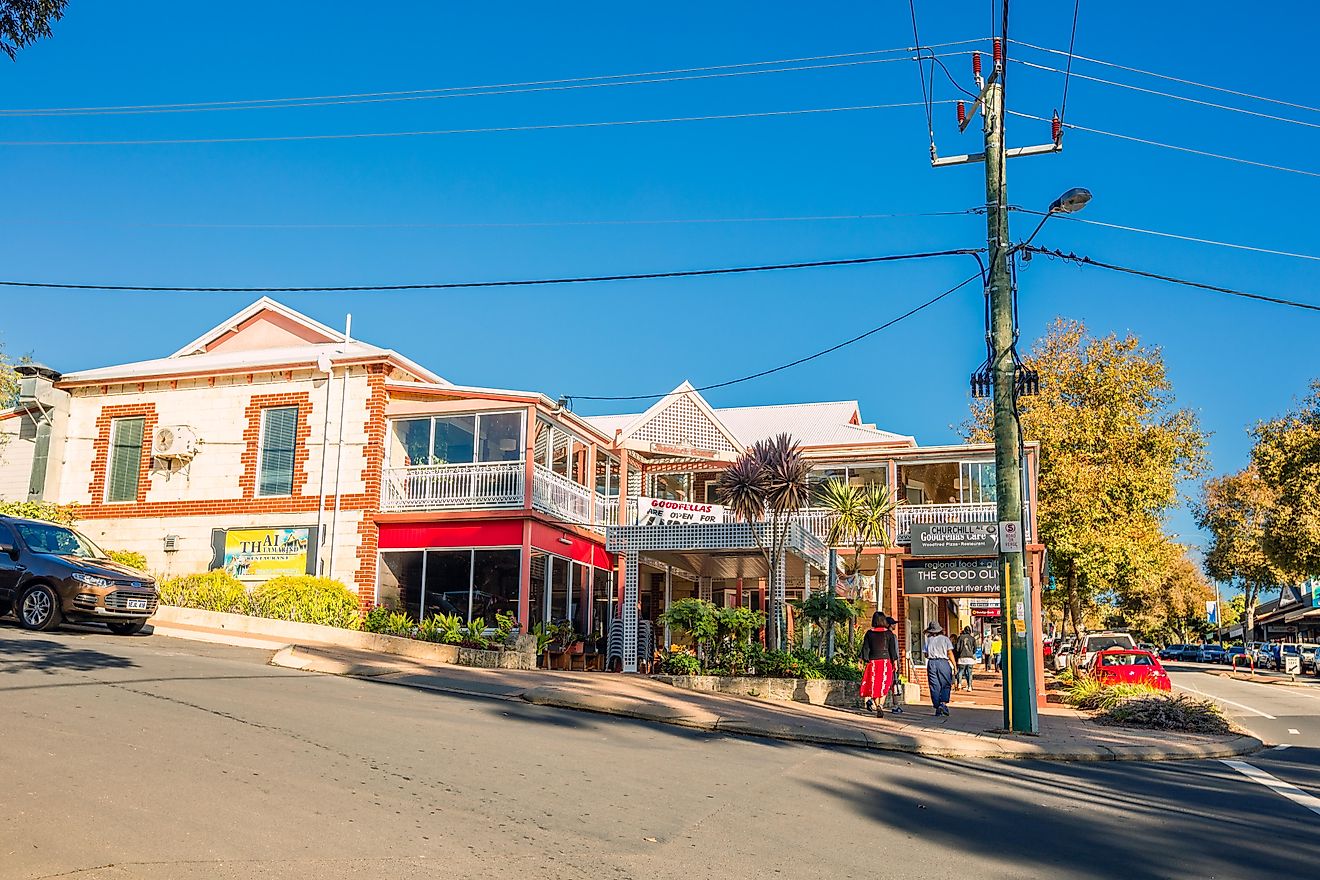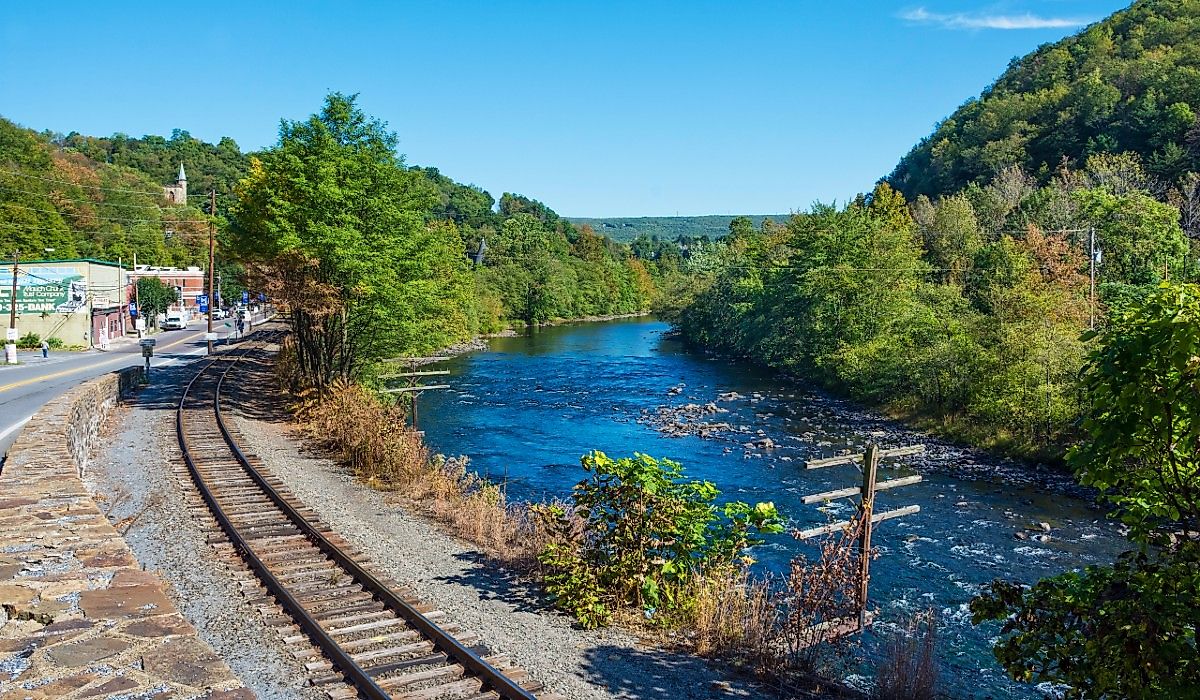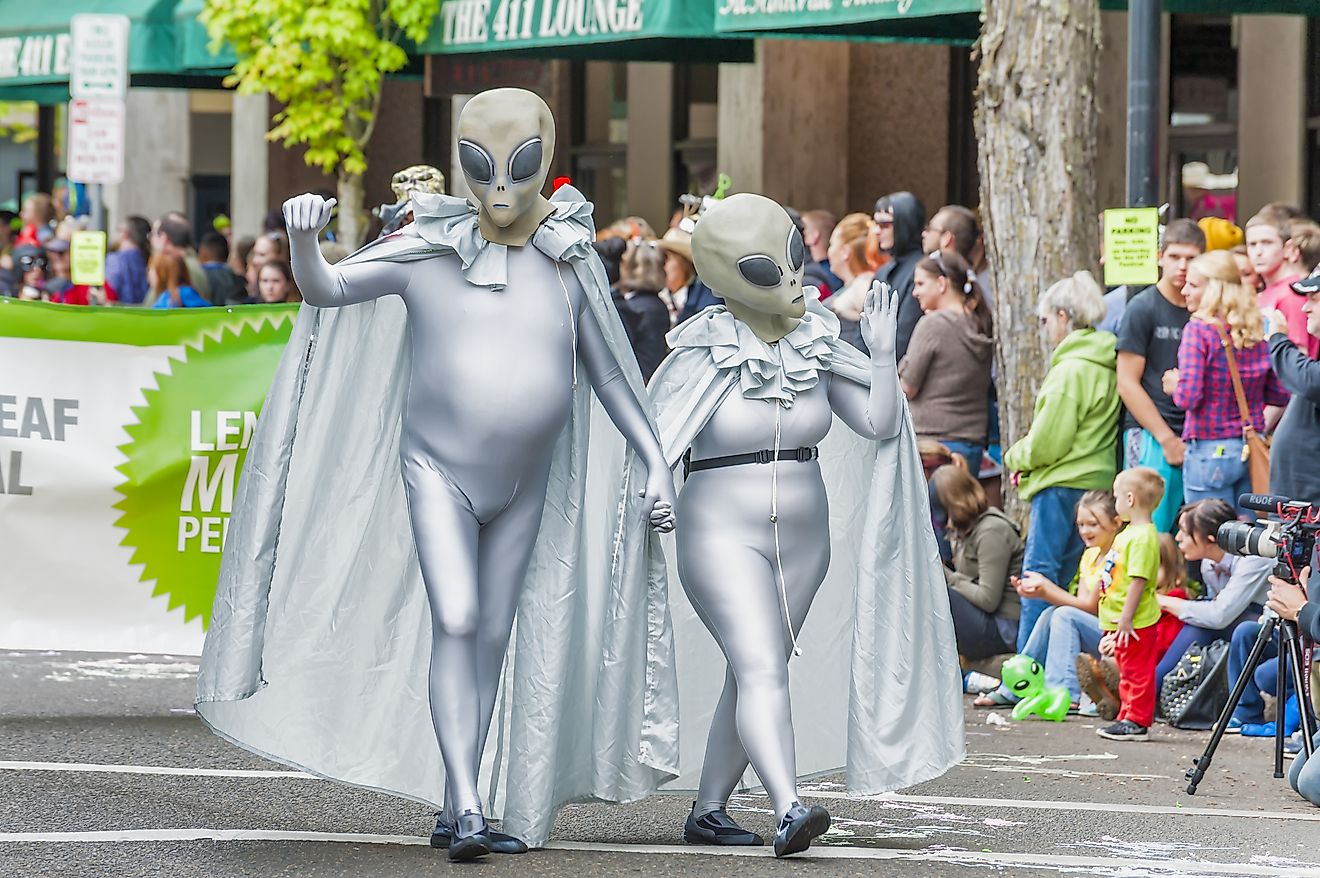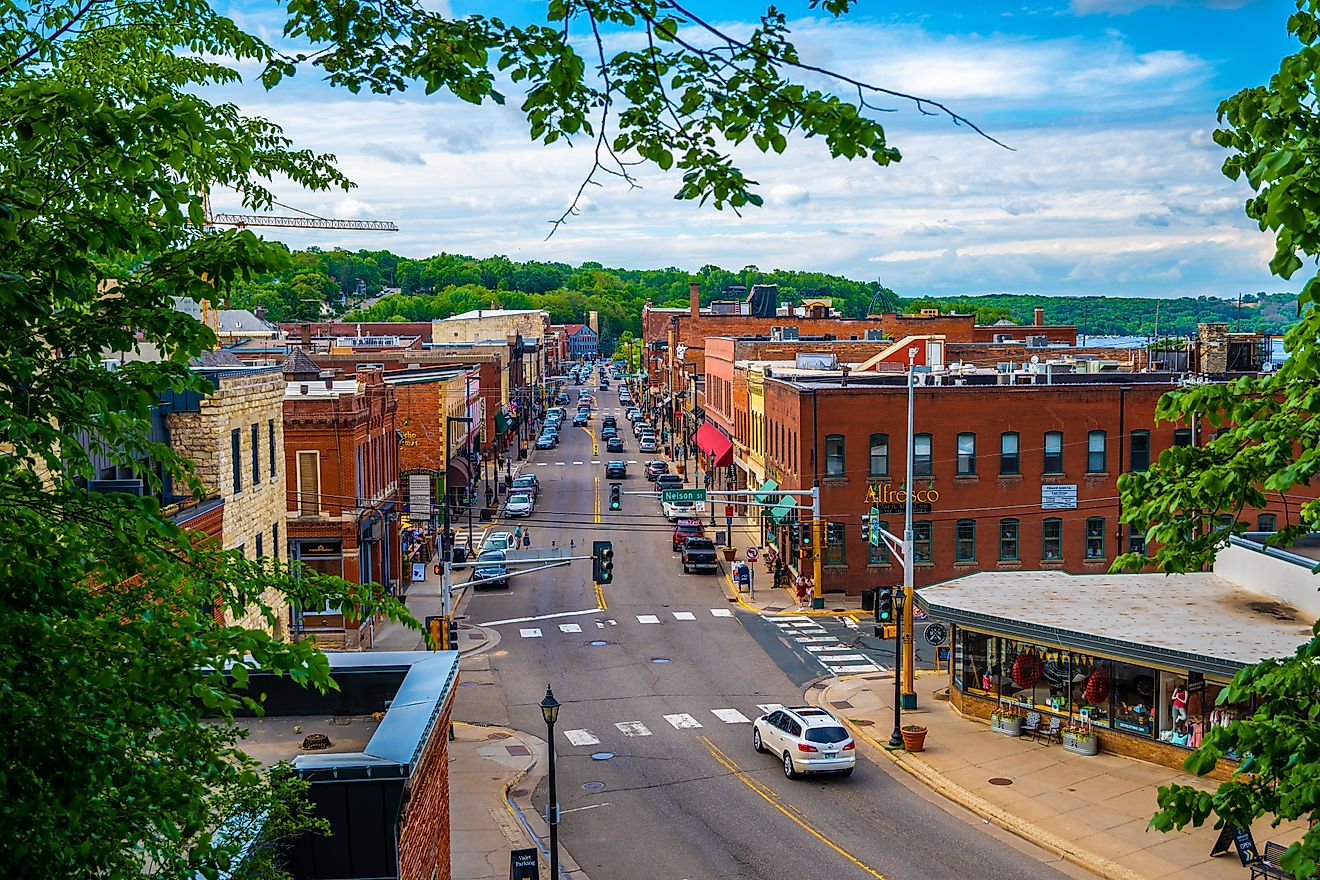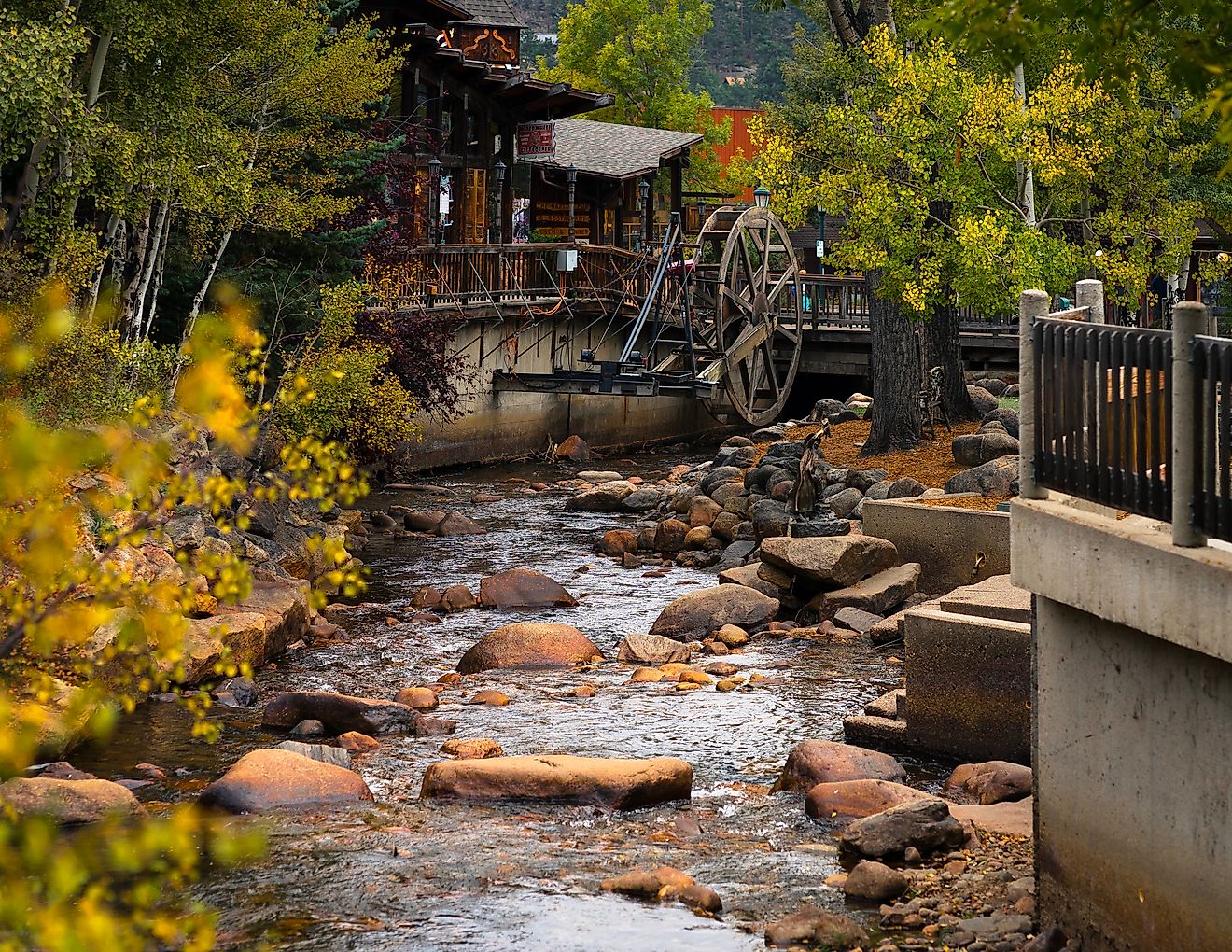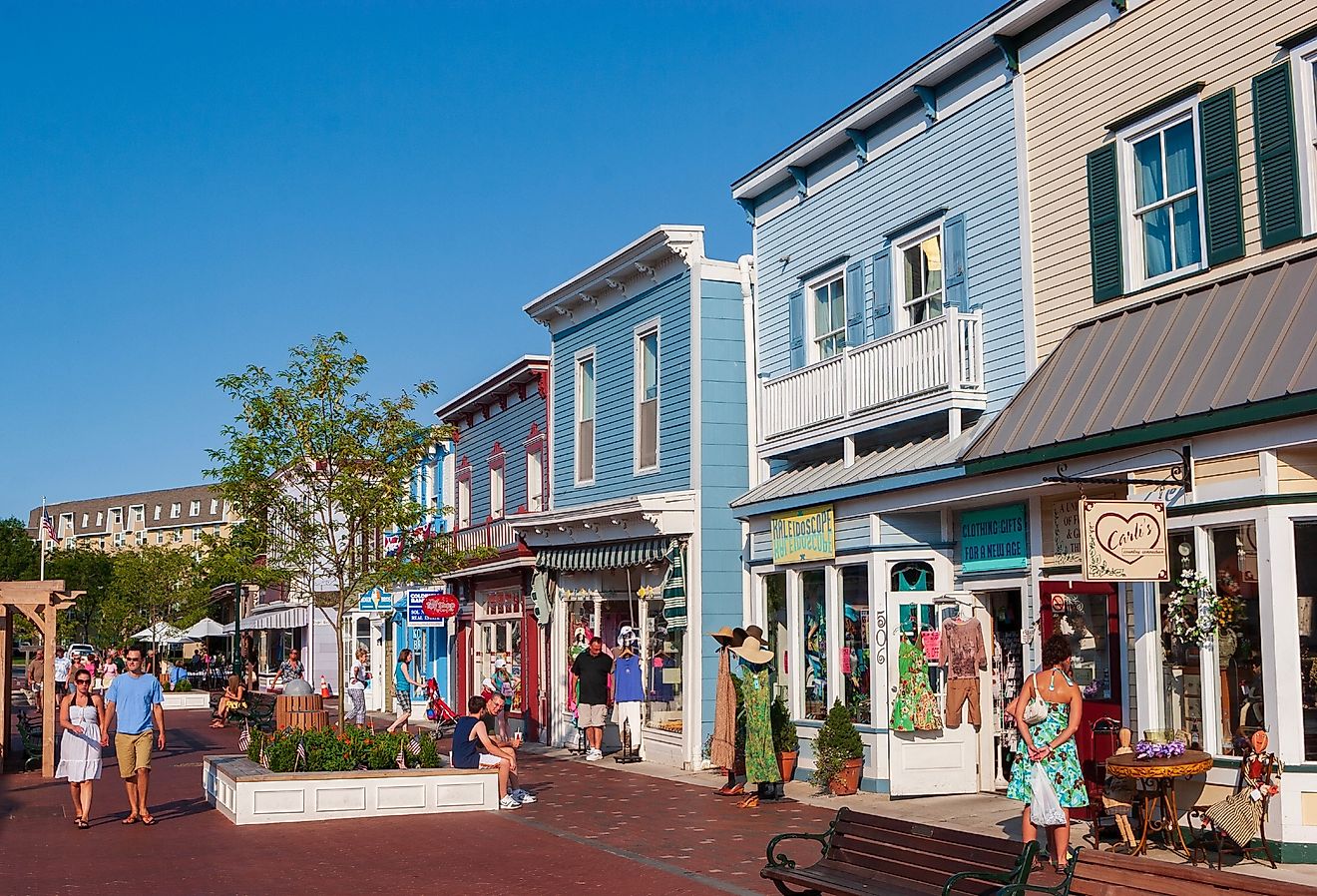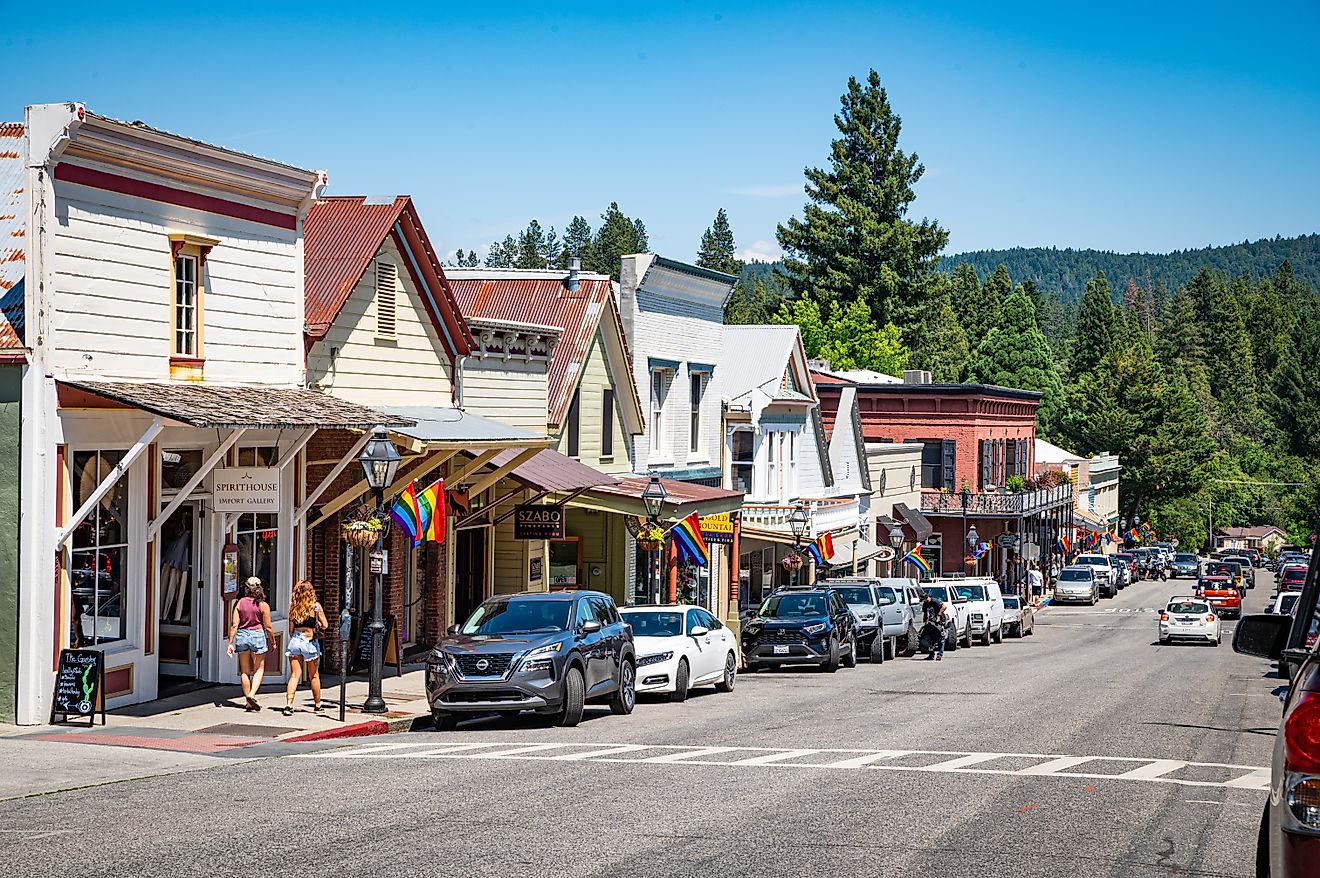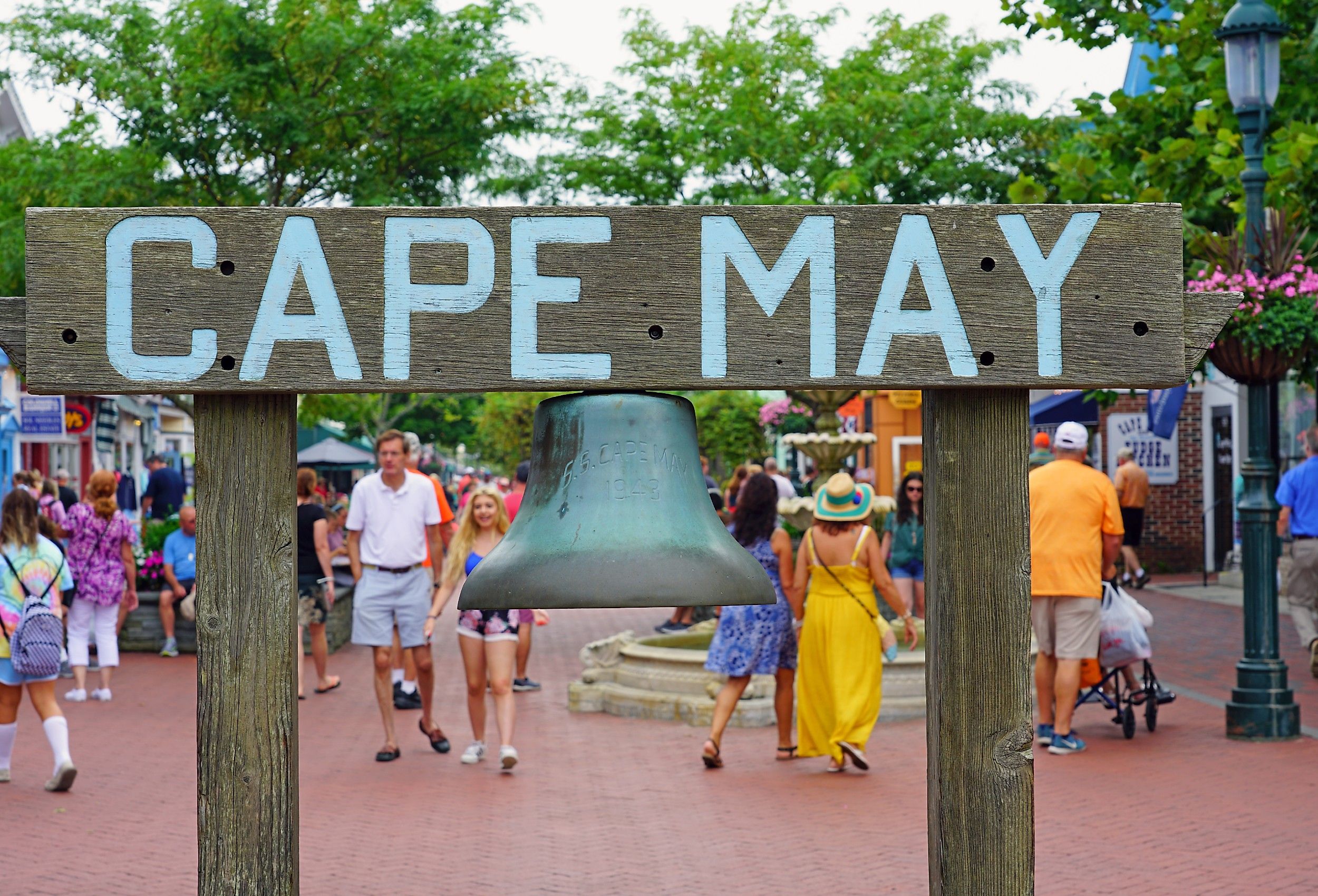
This Is New Jersey's Quirkiest Little Town
If lounging on pristine white sand beaches with Victorian mansions as a picturesque backdrop, while bottlenose dolphins play in the surf, sounds like the perfect quirky summer holiday, then America’s oldest seaside resort, Cape May, is the ultimate destination. In 1766, the Pennsylvania Gazette first mentioned Cape May as a resort, promoting it as a destination for “health and bathing in the water.” At the time, highlighting the perceived restorative benefits of healing waters was a popular way to attract visitors. Think spots like Hot Springs and Eureka Springs, Arkansas, and Truth or Consequences, New Mexico.
Since then, the main attraction in Cape May is still its 2.5 miles of spotless beaches and good-for-you warm Atlantic waters that average around 75 degrees Fahrenheit during the summer months. Nicknamed “Exit Zero,” thanks to its location as the southernmost point of the Garden State Parkway in New Jersey, Cape May’s unique geography and timeless charm transport travelers from the real world into a place where seaside relaxation meets 19th-century elegance.
Steamboats, Railroads, and the Road to Cape May
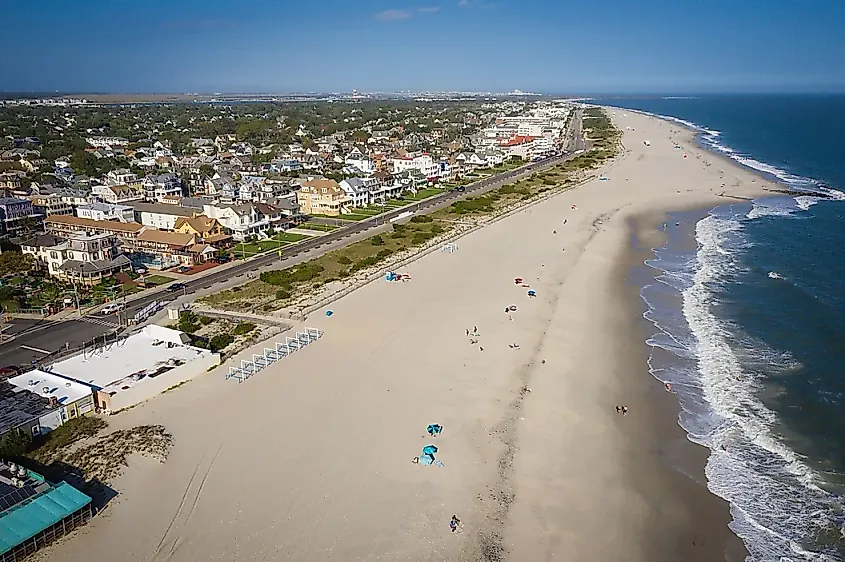
Cape May was originally inhabited by the Kechemeche Indians of the Lenni-Lenape tribe until it was first spotted by Sir Henry Hudson in 1609 from his yacht, the Half Moon. In 1621, Dutch Captain Cornelius Jacobsen Mey landed on the peninsula that separates Delaware Bay from the Atlantic Ocean and called it Cape Mey (the spelling was later changed).
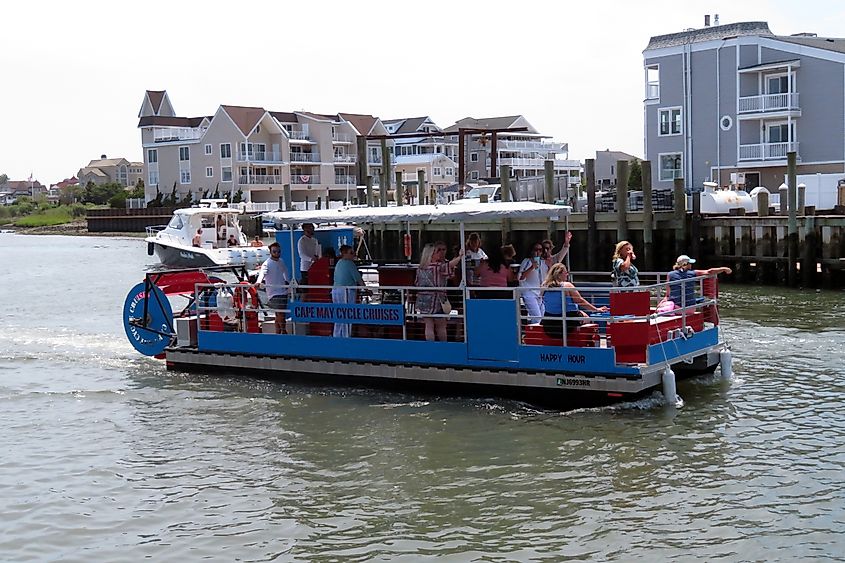
In the early 1800s, visitors to Cape May came primarily from Philadelphia by steamboat, as it slowly gained a reputation as a playground for the wealthy, full of grand hotels like the Mount Vernon Hotel. The Mount Vernon, once the largest hotel in the world, was built in 1853 to accommodate around 3,000 guests. Unfortunately, Cape May’s history is marred by tragic fires, and the fire at the Mount Vernon Hotel in 1855 was only one in a series of fires that leveled the resort during the mid-19th century. However, the town was rebuilt after each fire, and many historic hotels and houses standing today were built after the Great Fire of 1878 —a fire that started in the Ocean House hotel and quickly spread.
The emergence of the West Jersey and Reading Railroads, which allowed train travel from Philadelphia, New York, and beyond to Cape May, began attracting more and more visitors, including the one-day visitor, or “shoobie,” a term used for one-day visitors who brought their lunches in shoe boxes, and presidents like Abraham Lincoln, Chester Arthur, and Benjamin Harrison. Eventually, as cars became popular, interest in traveling by train waned. When the Garden State Parkway opened to the public in 1957, visitors could now get to the pretty little town even faster.
From Seaside Retreat to National Historic Landmark
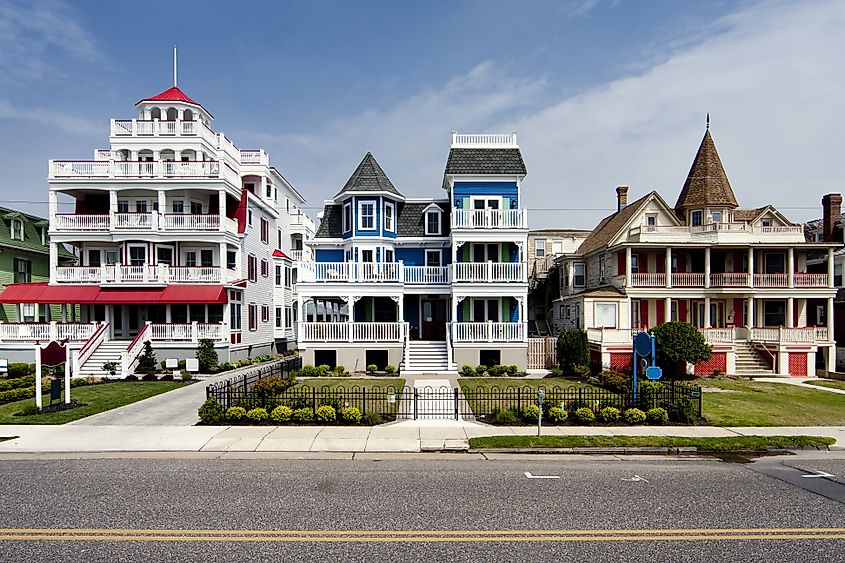
In 1976, Cape May was named an official National Historic Landmark, recognizing its impressive collection of over 600 preserved Victorian buildings spread across 380 acres. Many of these grand hotels and brightly-colored homes are adorned with intricate gingerbread trim, ornate latticework, hand-carved details, steep roofs, and elegant turrets, making them look straight out of a fairy tale.
Cape May is considered one of the most haunted towns in the US. There are various walking tours, carriage tours, and haunted tours that delve into its spooky history, with tales of restless spirits said to haunt Congress Hall, the Emlen Physick Estate, and other not-to-be-missed landmark buildings. Regular historical tours are also widely available.
Congress Hall

Congress Hall, renowned as “America’s First Seaside Resort,” was built in 1816 by a prominent businessman, Thomas H. Hughes. It was initially called “The Big House,” but was then renamed after Hughes was elected to Congress. In 1878, Congress Hall was destroyed in the Great Fire that swept through 38 acres of Cape May’s seafront. Today, the over two hundred-year-old resort stands out among the small motels, mini-golf courses, cafés, and surf shops, and is directly across the beach from a popular stretch of white sand.
Emlen Physick Estate
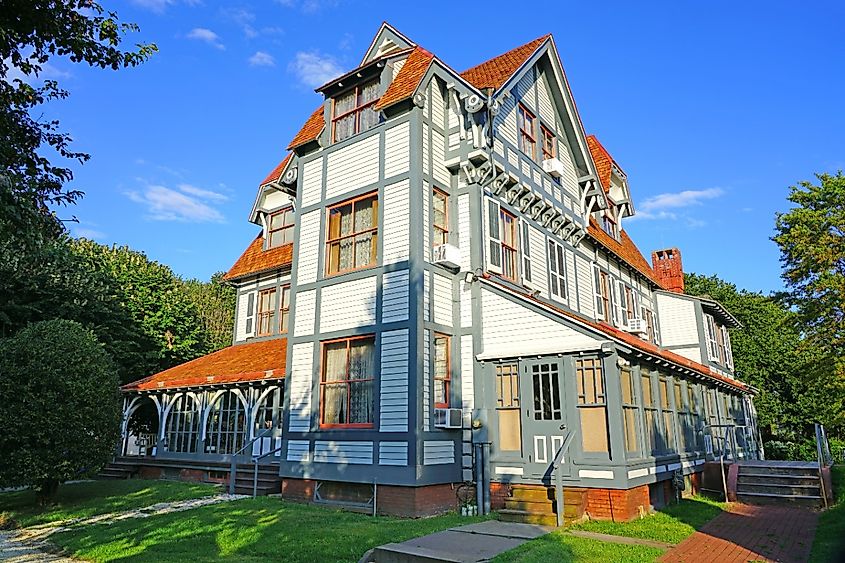
This Victorian house museum, built in 1879, was once the home of Emlen Physick Jr. It is now a museum run by the Mid-Atlantic Center for the Arts & Humanities. Estate tours of the 18-room mansion offer visitors a glimpse into 19th-century life and architecture with its intricate moldings, custom furniture, and vibrant wallpapers. Guides will also point out unexpected quirky traditions included as part of the décor of the era, including artwork and mourning jewelry made from human hair.
Cape May Lighthouse
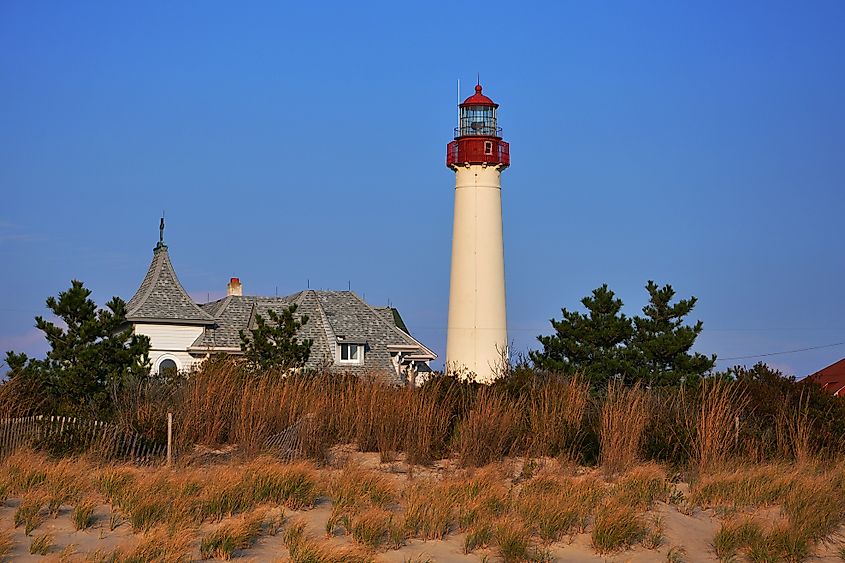
The first Cape May Lighthouse was built in 1857 and was first lit two years later in 1859. It is a well-known attention-getting landmark, attracting over 2.5 million visitors since it opened to the public in 1988. Lighthouse enthusiasts can climb the 199 steps up the original cast iron spiral staircase to the top for stunning views of Delaware Bay, the ocean, and the 240-acre Cape May Point State Park—one of the premier hotspots for birdwatching in North America. The still active Cape May Lighthouse is listed in the State and National Registers of Historic Places.
Sunset Beach: Diamonds, Ghost Tracks, and a Sunken Ship
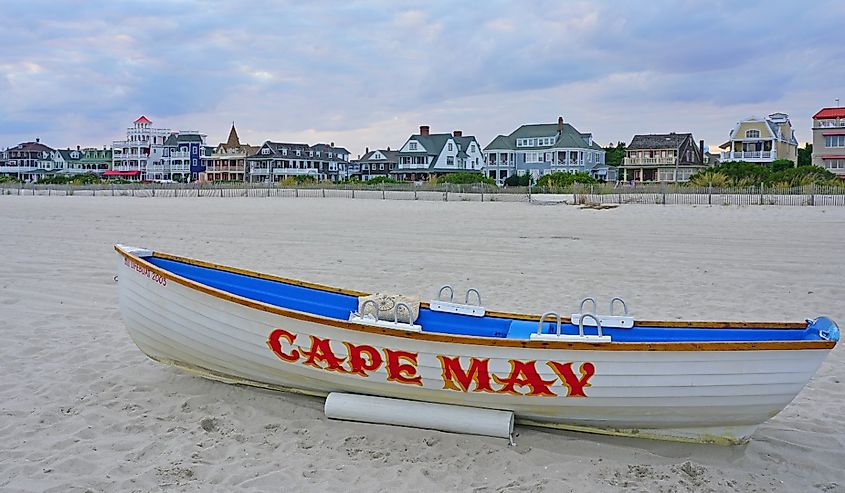
While Cape May is renowned for its 2.5-mile stretch of boogie-boarding beaches, one of the less popular swimming beaches by day becomes jam-packed with visitors every evening to watch the sun dramatically sink into the Atlantic Ocean. Strange, but true. The westward curve creates the illusion of a sunset over the ocean, thanks to Cape May’s unique location where Delaware Bay meets the Atlantic Ocean.
Sunset Beach is located in Lower Township at the end of Sunset Boulevard, accessible by car, rented surrey, or tandem bike, and has a quirky reputation of being the top spot for finding “Cape May diamonds,” which are actually quartz crystals polished smooth by the Delaware River.
Another world-class oddity at Sunset Beach lies offshore in the curling waters where visitors can spot the partially submerged wreck of the concrete ship SS Atlantus. This World War I-era experimental vessel ran aground in 1926. It’s a great photo-op, especially during sunset.
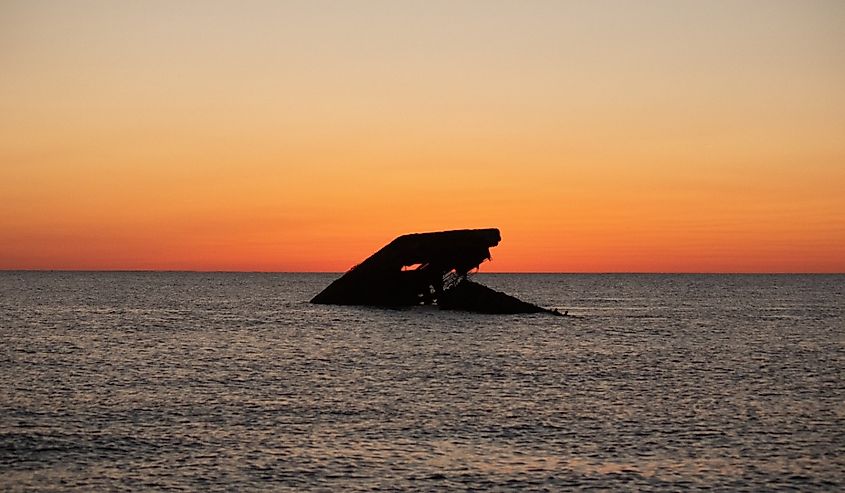
Running parallel to the water between Sunset Beach and Higbee Beach, only the lucky few may catch a glimpse of Cape May’s “Ghost Tracks.” The short line train tracks date back to 1905 and transported sand from the beach to a glass-making factory. In 2014, and again in late 2023, the tracks appeared thanks to storms shifting the sand covering them, attracting photographers, train enthusiasts, and paranormal sightseers to the location.
Sunset Beach holds a moving flag-lowering ceremony throughout the summer on certain nights of the week at 7 PM. A tradition for over 40 years, the sombre tribute lowers the flags that once adorned the caskets of veterans, brought by their families to participate in the event.
Discover Cape May: New Jersey’s Quirkiest Little Town
Cape May, America’s oldest seaside resort, is where flip-flop culture meets Victorian opulence in a warm clash of laid-back and buttoned-up. Where else can you stroll along sandy, pristine beaches while gawking at the grand Victorian mansions with brightly-colored gingerbread trim topped with widow’s walks, like mournful dollhouses? Here you can sip a frosty margarita at the pool bar in a bathing suit at a hotel called the Marquis de Lafayette, lounge in white Adirondack chairs in front of Congress Hall, line up for pancakes at local landmark, Uncle Bill’s Pancake House, or climb the Cape May Lighthouse, because why not? This quirky seaside town proves you can sunbathe like a beach bum by day and dine like a Gilded Age socialite by night.

